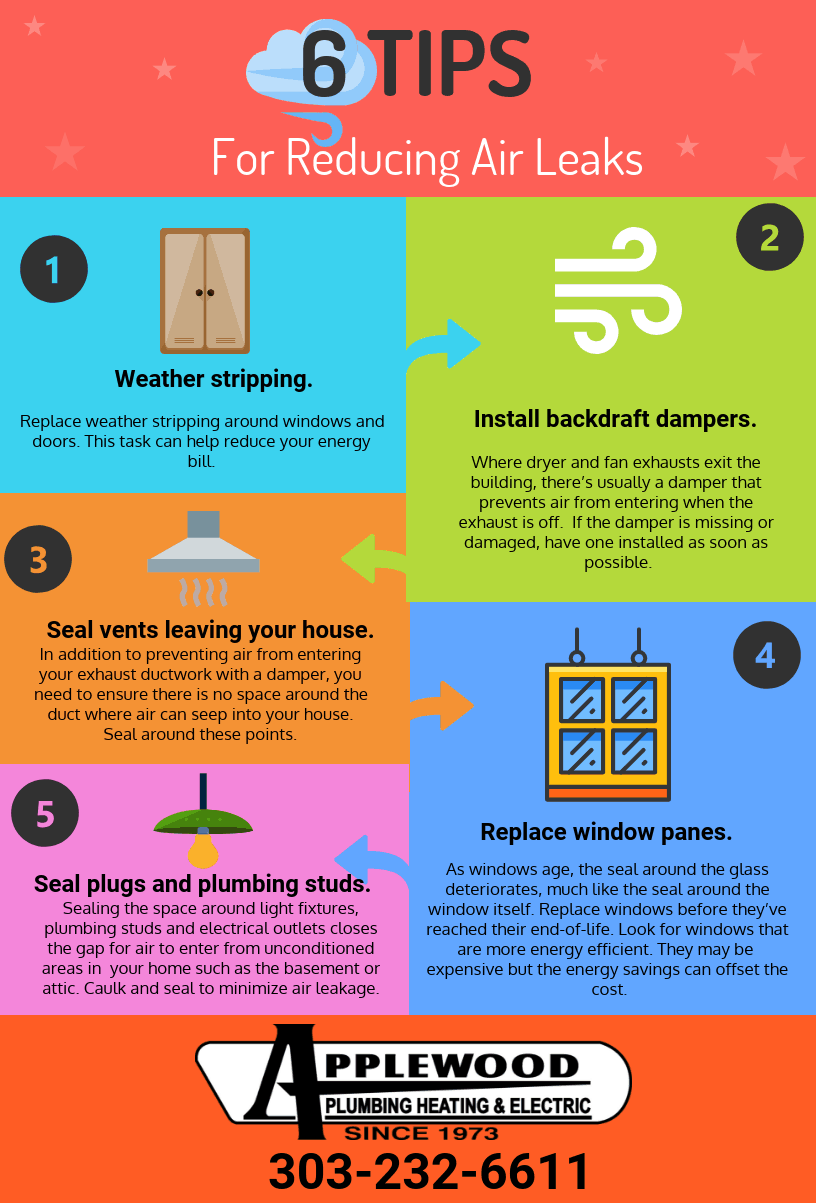One Of The Most Effective Stress Washing Approaches For Various Surfaces
One Of The Most Effective Stress Washing Approaches For Various Surfaces
Blog Article
Material By-Hyde Geertsen
When it involves pressure cleaning, the technique you pick can make all the difference in attaining a tidy, streak-free surface. You could find that hard surface areas, like concrete, call for a various approach than softer materials, such as timber or vinyl. It's necessary to adapt your approaches to the surface area type to prevent damages while maximizing cleansing efficiency. So, what are the most effective strategies for each surface, and just how can you guarantee you're making use of the best setups and tools for the job? Let's discover what you need to recognize to get the best results.
Hard Surfaces
When it comes to press washing hard surface areas, prep work is essential. Before you also think of taking out the stress washer, put in the time to get rid of the area of any debris, furniture, or barriers. You don't want anything entering your method or potentially damaging your tools.
Next off, check the surface area for any splits or damage; this will aid you establish the right technique and pressure settings.
Once you've prepared the location, it's necessary to select the best nozzle. For tough surface areas like concrete or block, a narrow nozzle (15 or 25 levels) works best to supply a concentrated stream of water that can efficiently get rid of gunk and stains. Always start at a distance and gradually move better to avoid any surface area damage.
As you begin washing, keep the stick transferring to protect against touches and over-saturation. It's likewise practical to work from the top down, enabling dirt and particles to remove normally.
Ultimately, bear in mind to rinse the surface completely after cleaning up to eliminate any remaining detergent. With these methods, you'll accomplish a tidy and rejuvenated look on all your tough surface areas.
Soft Surfaces
Pressure washing soft surface areas needs a gentler technique to secure them from damages. Whether you're cleansing your deck, patio furnishings, or home siding, utilizing way too much pressure can lead to dents, scratches, or perhaps irreversible harm.
Begin by selecting a low-pressure nozzle, preferably a 25-degree or bigger spray pattern, to disperse the water extra gently.
Before you begin, it's critical to pre-treat any kind of discolorations with an ideal cleaning solution. https://holdenylwgs.blogdal.com/32969461/the-favorable-elements-of-keeping-clean-windows-in-chilly-weather permits the cleaner to penetrate the dirt and crud, making it less complicated to remove without scrubbing as well hard.
Constantly use the option from all-time low up to avoid spotting.
When you begin pressure cleaning, keep a range of a minimum of 12 to 18 inches from the surface area. Relocate your wand in a sweeping motion, keeping it alongside the surface to prevent focused pressure on one place.
Rinse https://www.homesandgardens.com/life-design/when-to-start-fall-cleaning after cleaning to remove any residual cleaner.
Finally, examine the surface for any type of missed out on areas and duplicate the process if essential. By following these steps, you can efficiently tidy soft surfaces while maintaining their stability and look.
Specialty Surfaces
Cleansing soft surface areas needs treatment, yet specialty surface areas demand much more interest to detail. When you take on these surfaces, like fragile timber, discolored concrete, or certain types of siding, using the ideal pressure washing methods is crucial to prevent damage.
Initially, analyze the material. For instance, treated timber can typically stand up to moderate stress, yet softer timbers like cedar might call for a reduced setting. Always start with the lowest pressure and slowly enhance if needed.
For stained window washers , use a fan spray nozzle and preserve a constant range to prevent etching the surface.
When dealing with surfaces like vinyl siding or painted surfaces, a broad spray pattern assists disperse the stress uniformly, safeguarding the finish.
It's additionally important to utilize cleaning agents specifically created for specialized surface areas. They can boost cleaning without jeopardizing the product.
Rinse thoroughly after cleaning to get rid of any residue, as it can cause discoloration or deterioration with time.
Final thought
To conclude, understanding pressure washing strategies for different surfaces can make all the difference in your cleansing results. For hard surfaces, adhere to narrow nozzles and a top-to-bottom approach, while soft surfaces need a gentler touch with broader nozzles. Do not forget to pre-treat stains and rinse completely to prevent deposit. By adjusting your methods to every material, you'll not just accomplish a cleaner finish but likewise shield the honesty of your surface areas. Satisfied cleaning!
